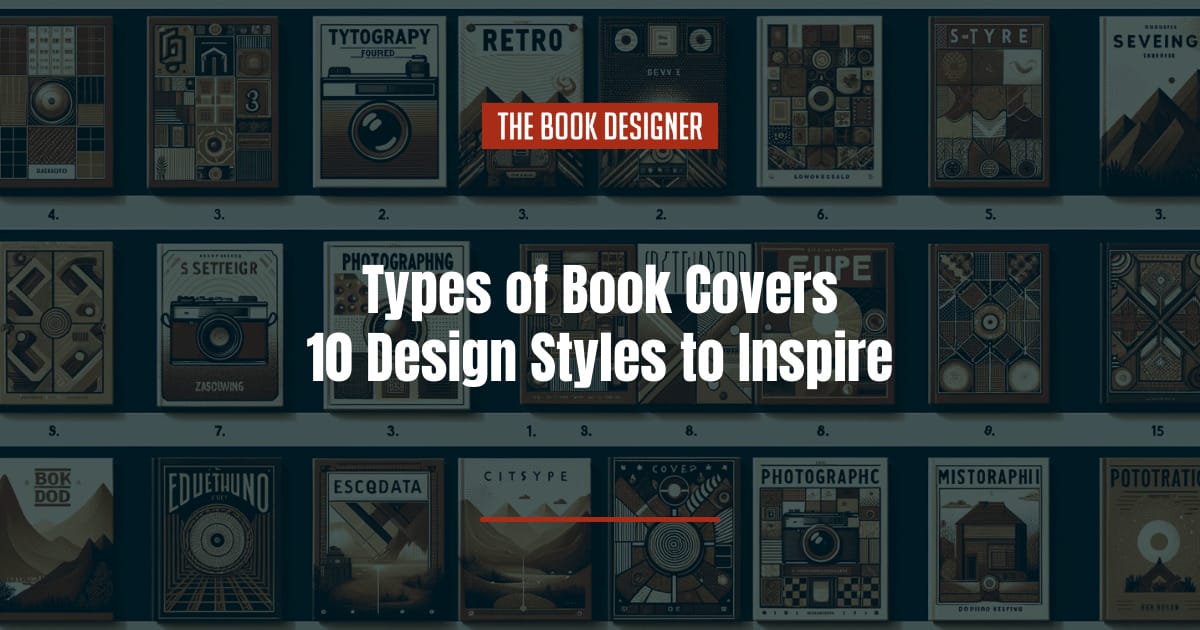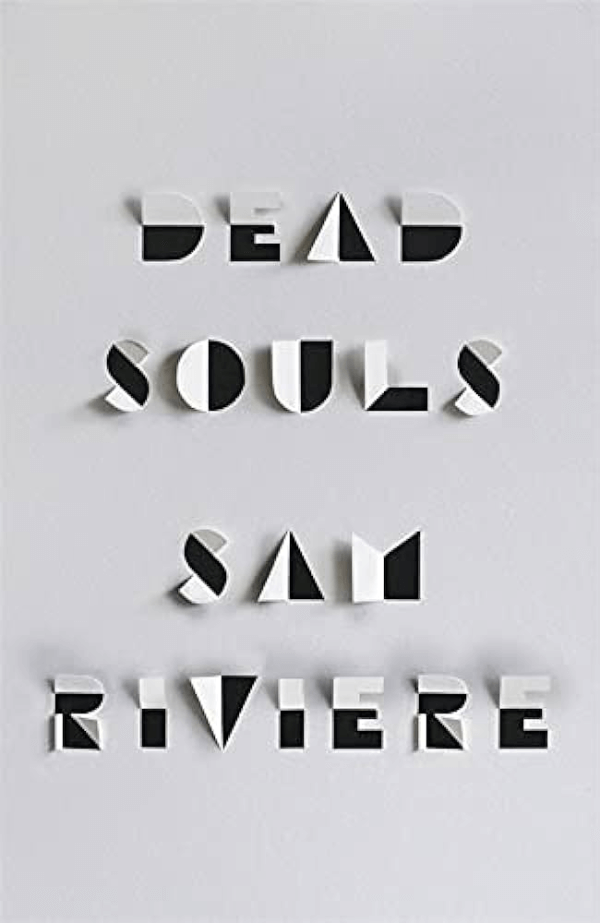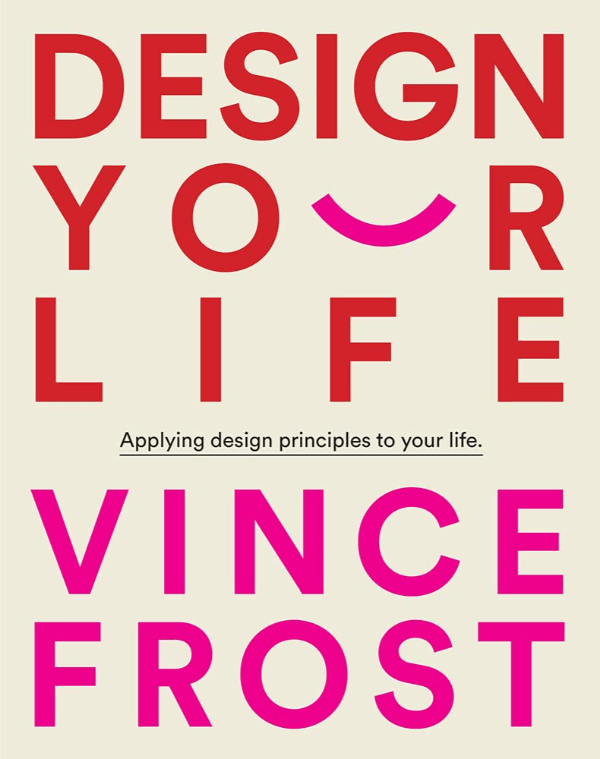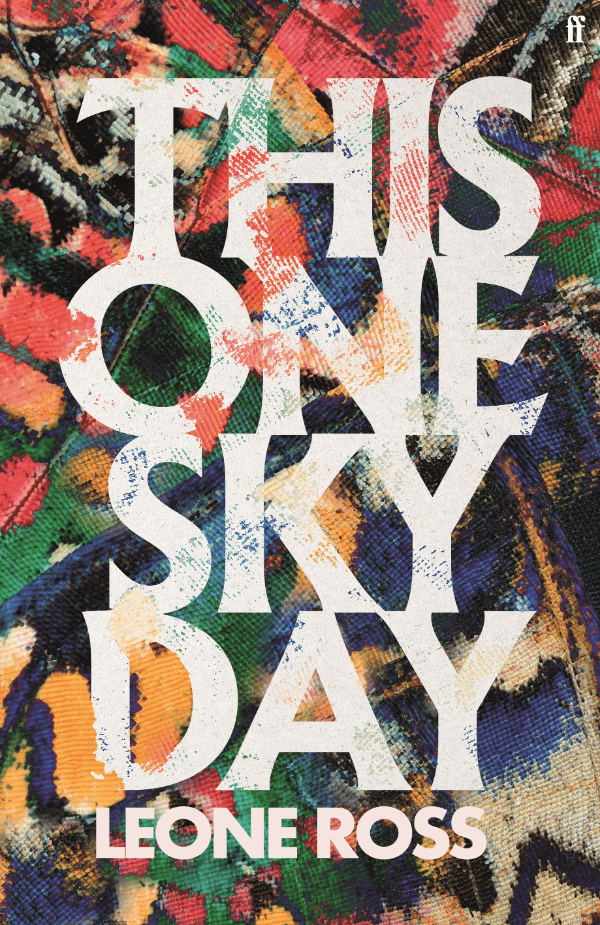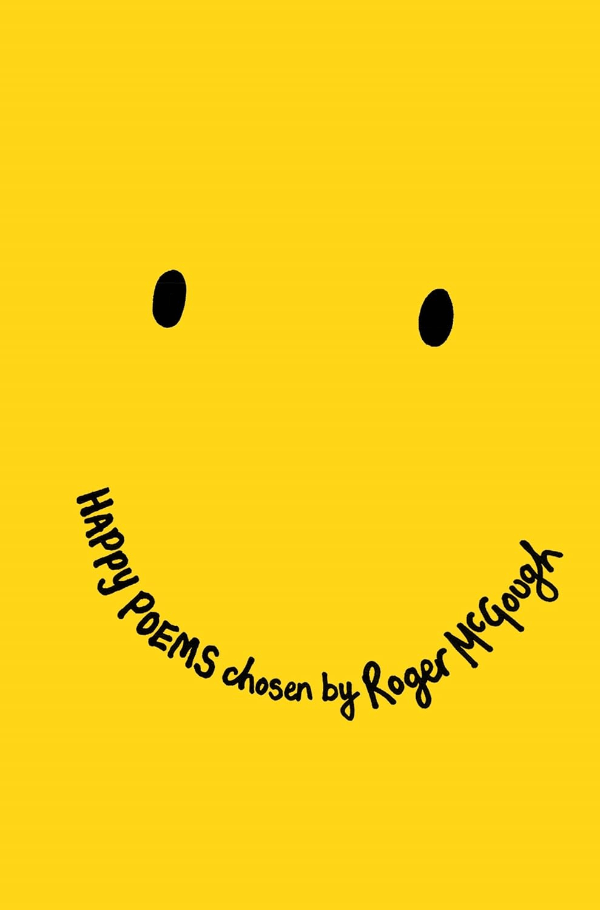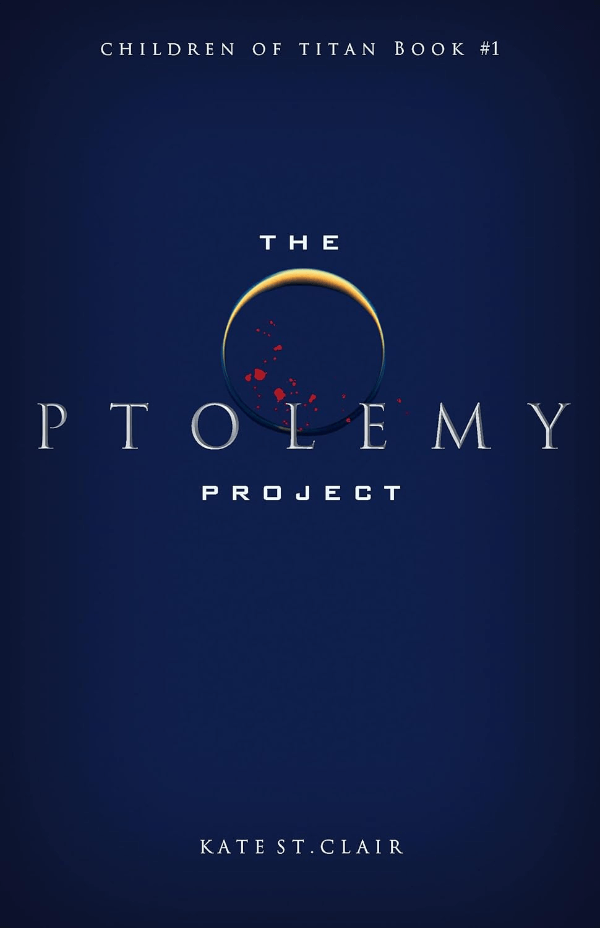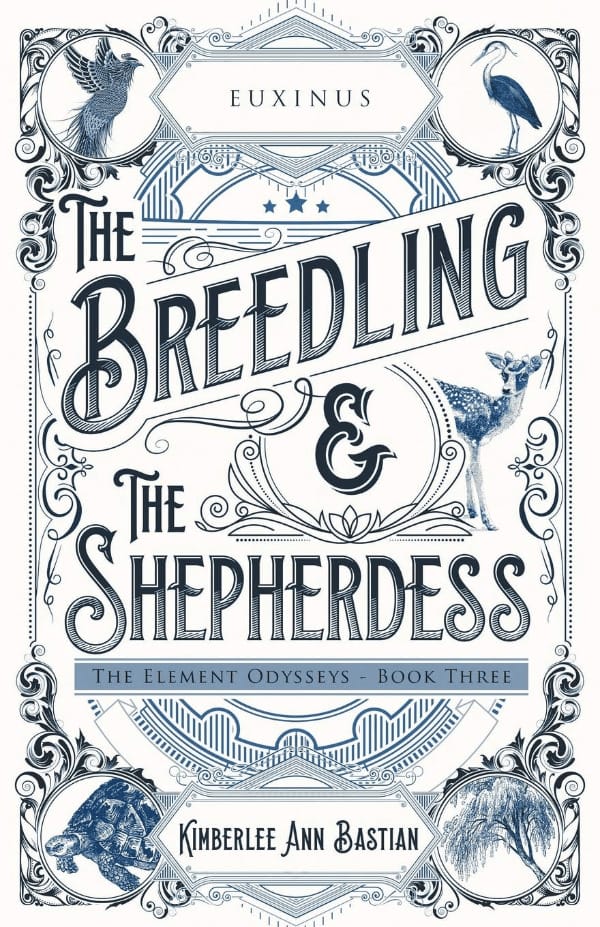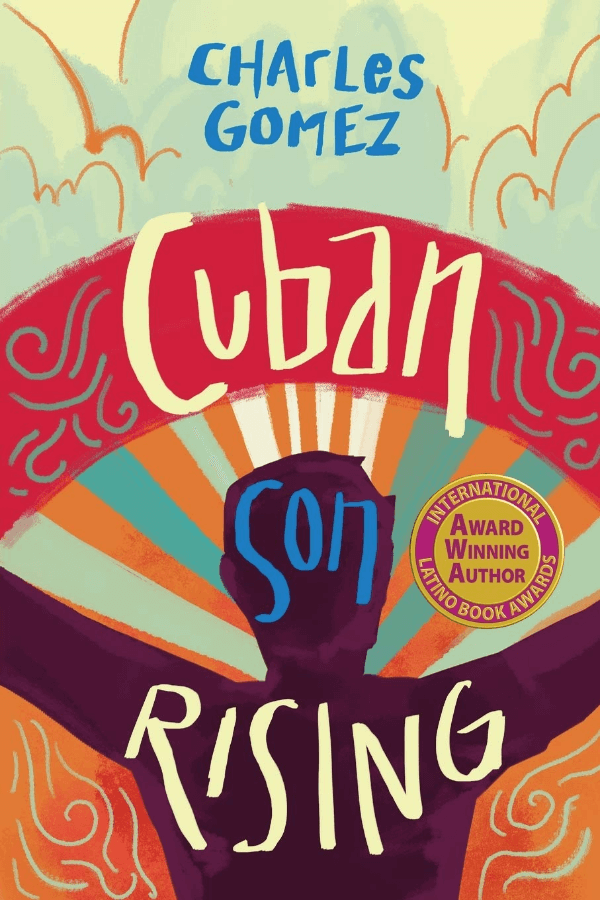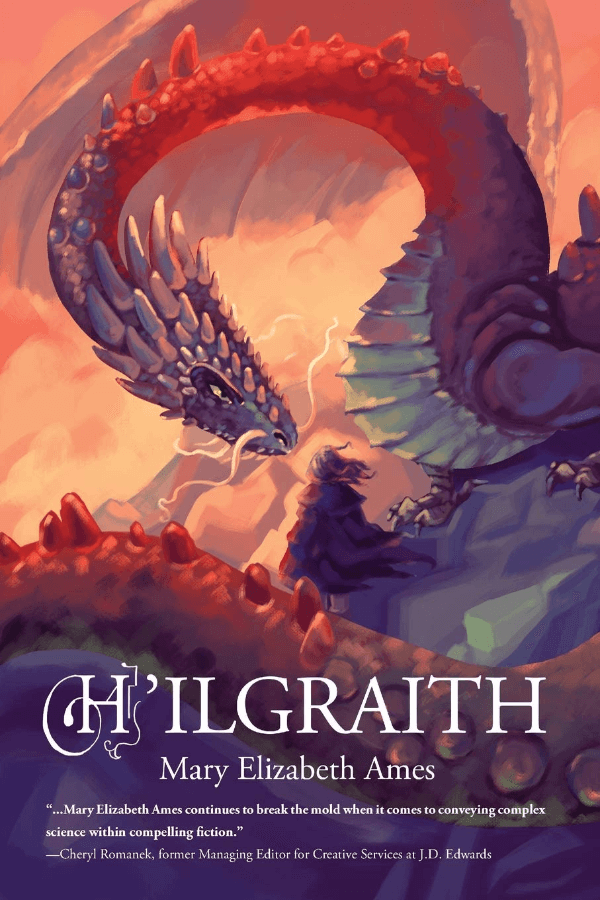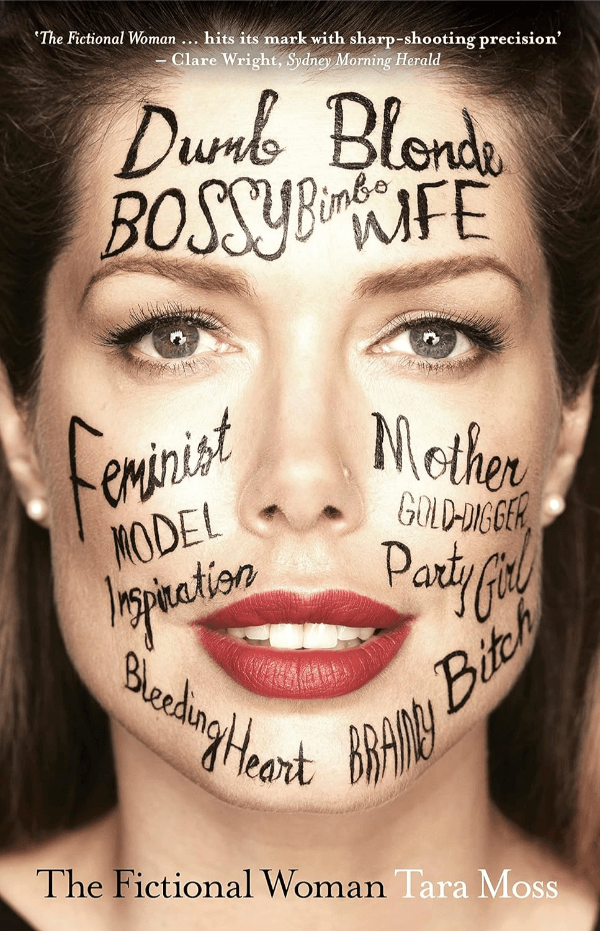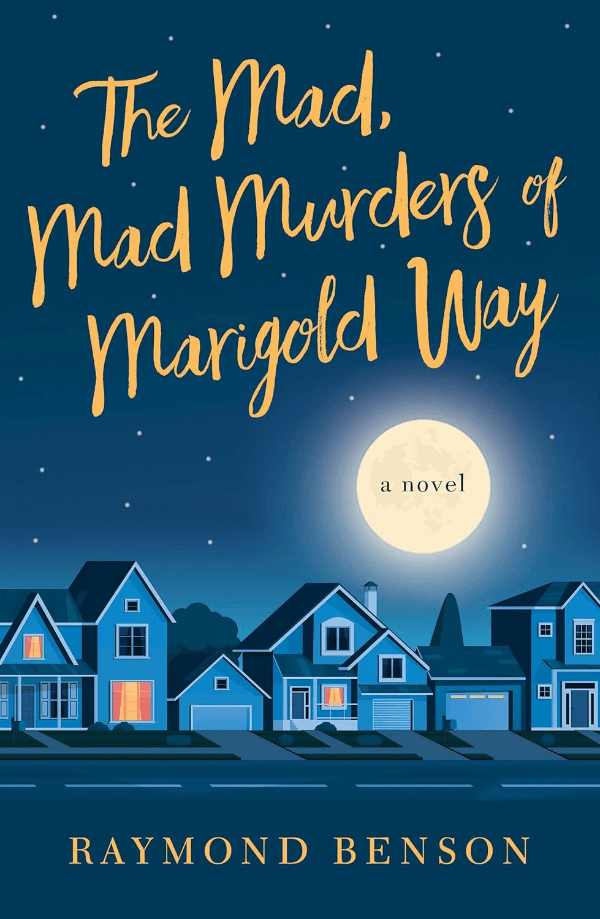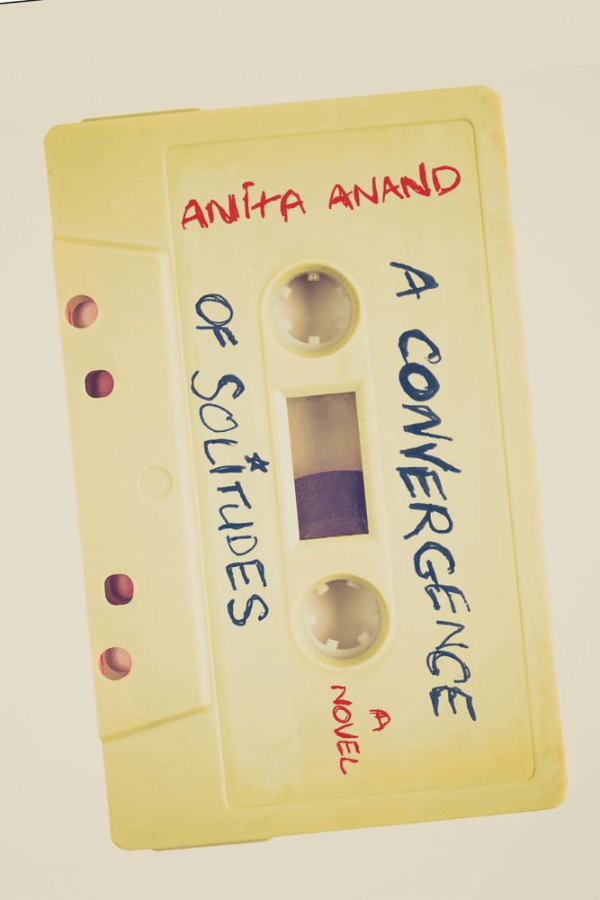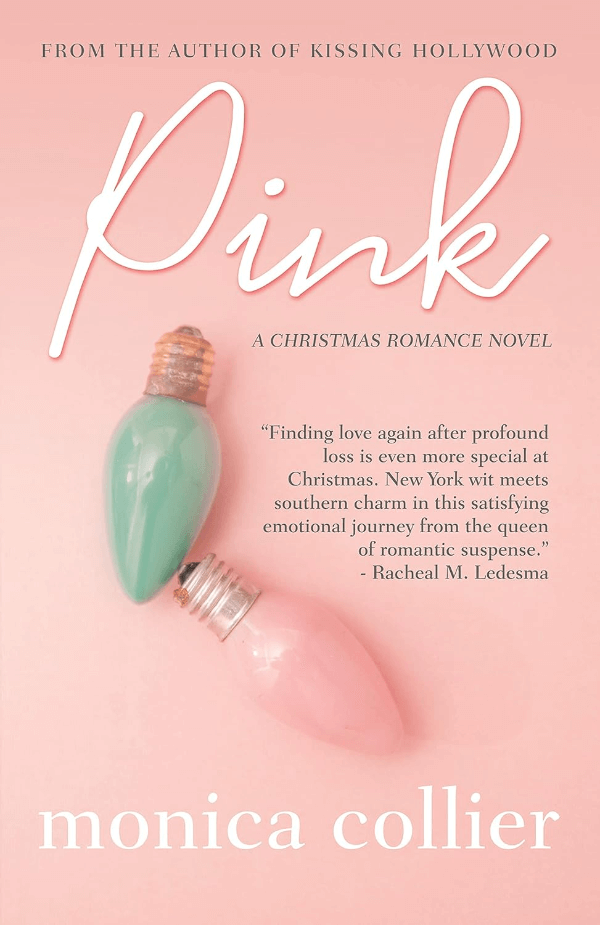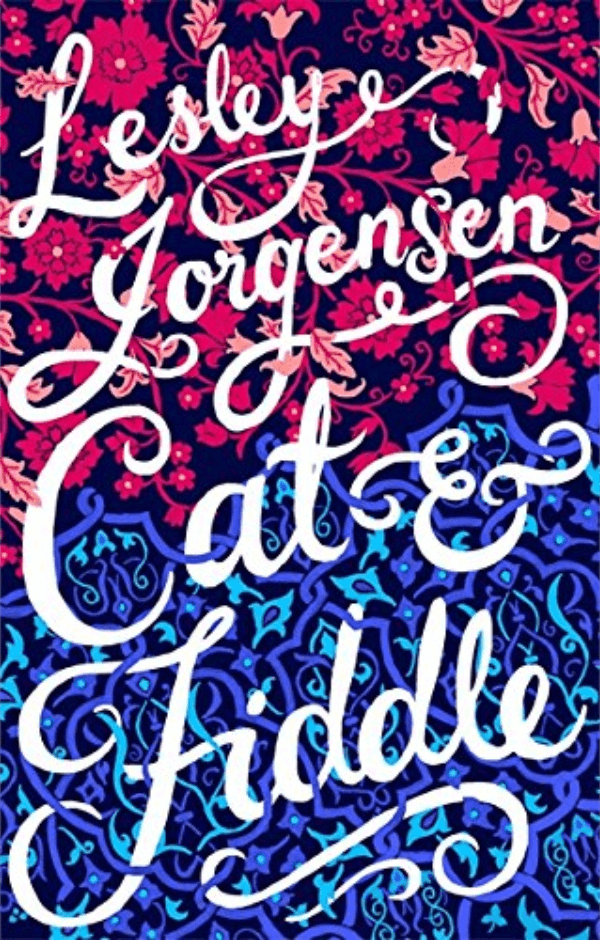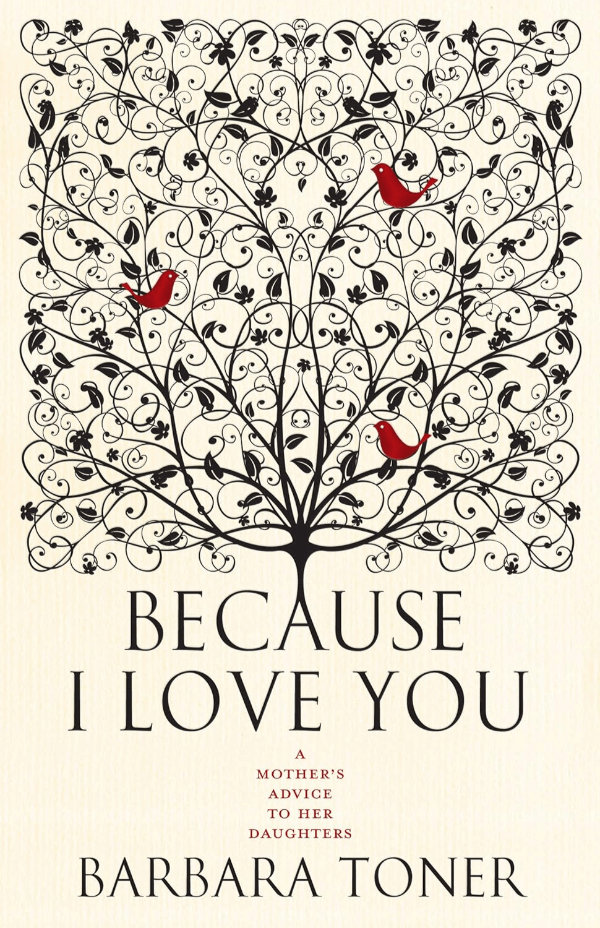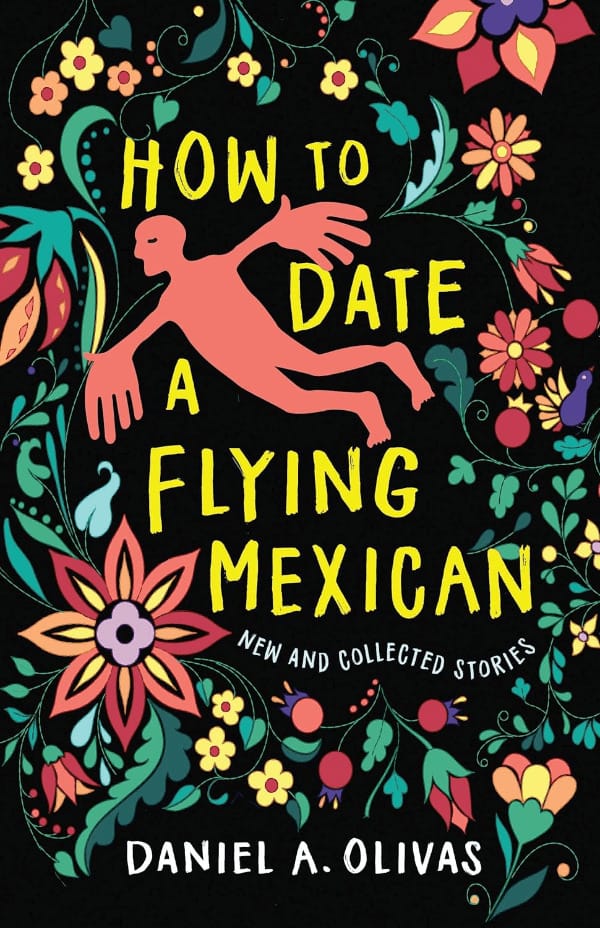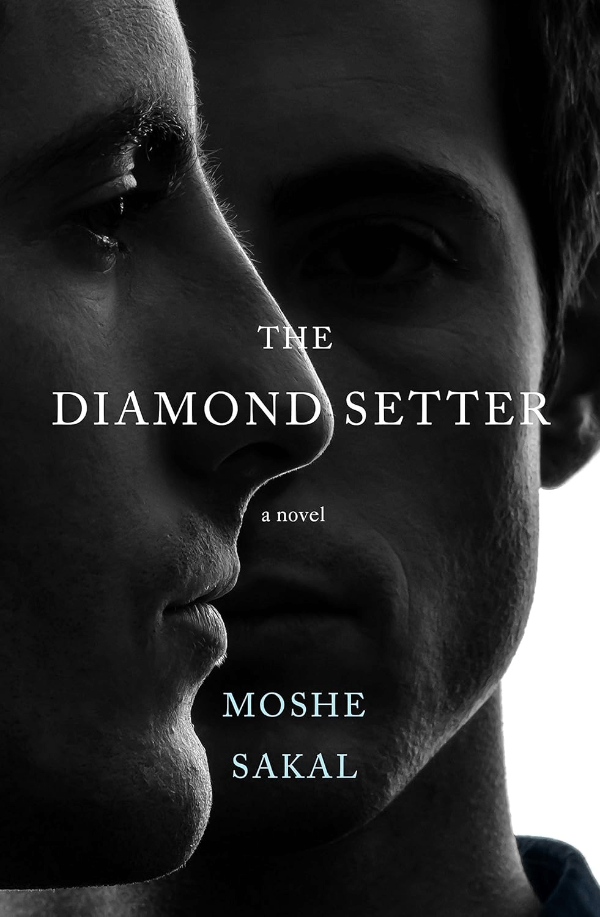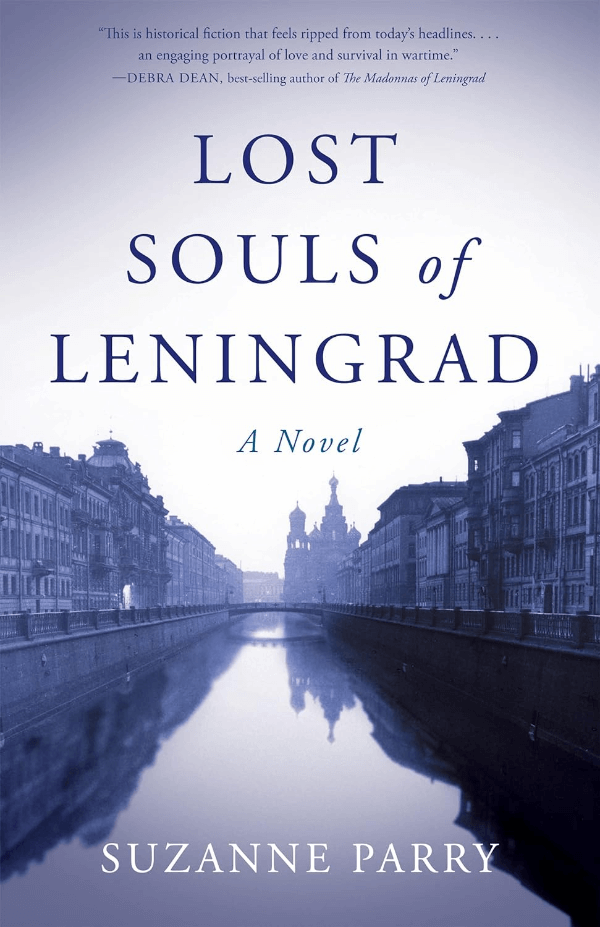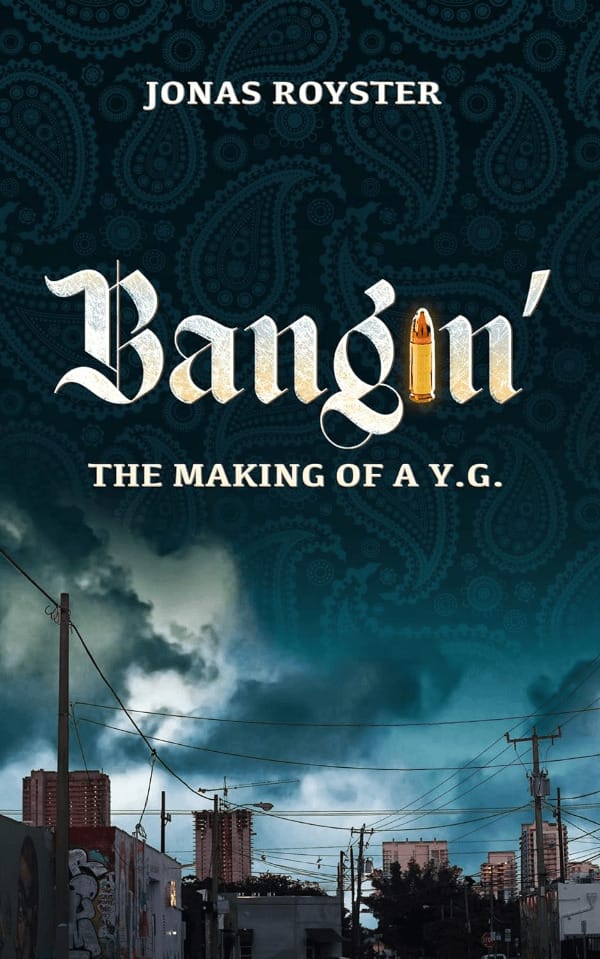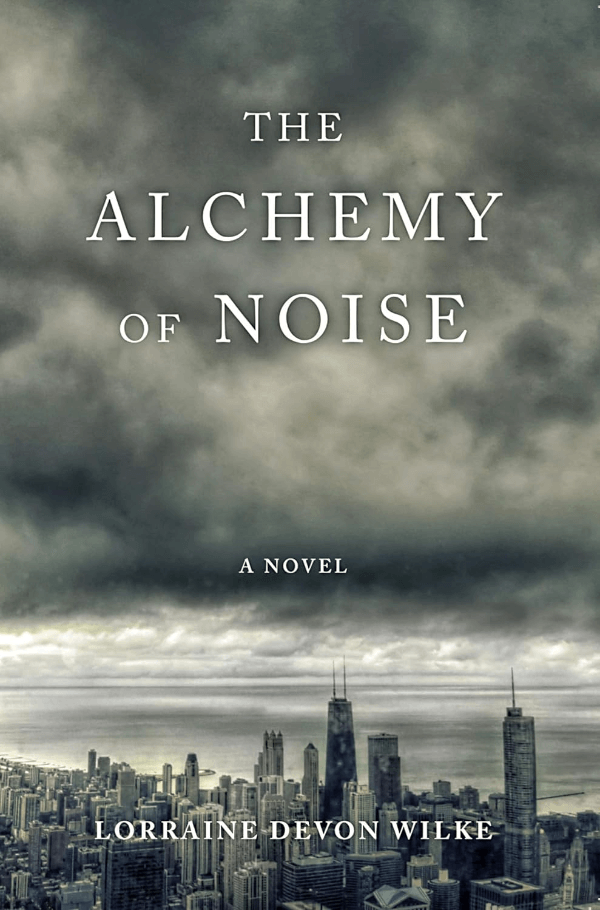In the world of books, the cover is the first thing people see. It hints at the book’s story, characters, and themes. Successful jacket designs also manage to grab people’s attention and be remembered.
Different styles of book covers are popular at different times, and each style fits certain types of books. For example, fantasy books frequently feature pictures of characters and magical places, while self-help books usually have simpler, cleaner cover designs.
In this article, we’ll explore 10 different types of book covers that can inspire you when choosing your design:
Types of Book Covers: Typographic
This style has typography as its central element. The main tools to convey the story’s emotions and meaning are the title, fonts, and lettering styles.
This style works well for narratives where titles carry a lot of weight. The choice of typeface, background, and color scheme can create the necessary emotion. For example, a playful font is good for a lighter story, a neat and bold font adds some mystery, and a simple, clean font is great for self-help books. The typography-heavy jacket design is rarely used in fantasy or sci-fi, which heavily rely on imagery.
Types of Book Covers: Minimalist
These minimalist book cover designs are simple and uncluttered, usually using a limited color palette. With their clean look, they create a modern impression. This style is getting more popular with modern stories and has always been liked for self-help and business books.
A minimalist design allows readers to focus on one or two key elements. The possible downside of this style is that sometimes, they can seem too simplistic or lacking in detail that would help readers grasp what the book is about.
Types of Book Covers: Retro
Retro styles use elements from past decades to create a nostalgic or vintage feel. For example, designs with simple shapes, smooth lines, and fancy colors like gold and black are reminiscent of the Art Deco style from the 1920s. The pop-art style, with its neon colors, bold typography, and imagery from consumer goods, brings to mind the 1950s and 1960s.
Retro book cover designs are quite memorable, tugging at people’s nostalgia. They are frequently used for historical fiction or period memoirs.
Types of Book Covers: Scene Setting
Some jackets bring you into the story visually. Their goal is to make you feel like you’re a part of a scene. They show characters and settings with lots of details that give you an idea of the story and its mood.
Many fantasy and science fiction narratives use this style. Also, you rarely see these designs in mystery books because they show too much instead of giving small clues. A word of caution: pre-made scene-setting covers can sometimes get the story wrong, which has become a meme among fantasy fans.
Types of Book Covers: Portrait
Portrait jackets showcase a close-up of a person or character. They can be either photographic or illustrated, stepping into the territory of other styles we’ll discuss below. What makes them their own category is that the visual focus is on the person, reflecting the narrative focus of the story.
Portrait covers create a strong connection with the person in question. They are common in biographies, celebrity memoirs, and character-driven novels.
Types of Book Covers: Illustrated
We often think of children’s books when we think of book illustrations. This makes sense because they usually have bright pictures and things that aren’t real—not to mention books aimed at children who still can’t read.
But illustrations aren’t just for kids. They can be done in many ways: paintings, sketches, or digital art. Any book can have an illustrated cover—depending on the artist’s style. Fantasy, sci-fi, graphic novels, adventures, historical action, and love stories—these types of genres often use illustrations in their cover art.
Types of Book Covers: Object-Based
This style spotlights an object or a symbol. In fiction, it can be a MacGuffin or a representation of one of the characters or a theme. In non-fiction, it can be the topic, for example, a Lego brick for a publication about Lego.
This style can create intrigue, making readers wonder when an object will come into play or what the symbol’s significance is. At the same time, one thing might not provide enough context about the contents.
Types of Book Covers: Pattern-Based
Pattern-based designs use repetitive, often abstract graphics. Depending on the composition, they can be quite striking and unique. This style is often used for art and design books.
Brightly colored patterns, paired with well-chosen typography, can reflect the mood and emotion of a fictional narrative of any genre. The downside is that it can be tricky to communicate the plot points or characters.
Types of Book Covers: Photographic
The best thing about using photos for book covers is that they look real. You can also use photography in other types of book cover designs, like ones focusing on objects, people, or minimalist designs.
Photo covers can be good for many books, depending on the photographer’s choice. The pictures can be specially taken for the book, or they can be stock photos that are already available. But, stock photos might not always look unique, especially for imaginary stories. Photo covers are mostly seen on modern stories, factual books, life stories, and travel guides.
Types of Book Covers: Cityscapes
Cityscape designs have become more popular lately—especially in urban fiction. This style shows city scenes or life—either in photos or drawn and painted.
Featuring a setting is the best way to set the stage. Travel guides and books about city life are other types that use these designs. However, dystopian and steampunk novels often use city scenes, too, but with elements of future or made-up technology. Cityscape styles may not appeal to readers interested in rural or non-urban settings.
Final Thoughts
Books in the wild—not dissimilar from books in our examples—often use a mix of styles in their cover designs. A minimalistic style can still feature prominent typography or an illustrated style can set a scene, and so on.
There are no strict borders between different styles—just don’t try to put focus everywhere at once. When choosing a type of book cover design, decide what kind of information you want to communicate to your potential readers. Most importantly, make sure that you like the style you choose for your story!


